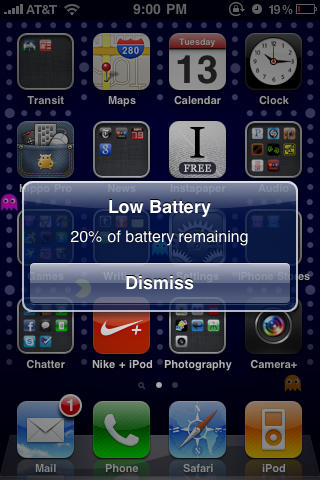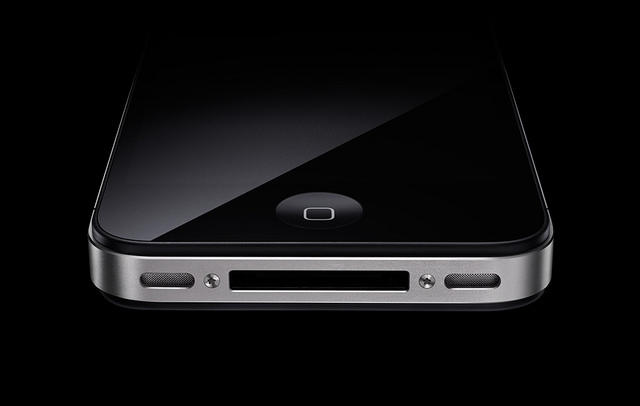On Tuesday, Apple made the addition of the Beatles’ repertoire to iTunes the story of the week (ho-hum though the story was), and this Sunday, the company made the new partnership the centerpiece of every NFL game, flooding the airwaves with multiple ads drawing on still images from the Get Back/Let it Be sessions (and occasional Ed Sullivan performances).
It’s all a bit retro, but there is some kind of nice unifying warmth to the band that made Helvetica rock-and-roll being featured by the company that made Helvetica high-tech.
The ads are nice, though, particularly if you’re enjoying a holiday beverage or two and are feeling nostalgic about the excitement of four friends, a recording studio, and creativity. Take a sip, sit back, and remember that love is all you need.

![V-Moda Vibrato the Rugged Friend Your iPhone Never Had [Review] vibrato_nero_bbg](https://www.cultofmac.com/wp-content/uploads/2010/11/vibrato_nero_bbg.jpg)
![Steve Jobs Isn’t Big Brother, and the Mac Remains Open [Mac Skeptics Part 2] 20101021-appstore.jpg](https://www.cultofmac.com/wp-content/uploads/2010/10/20101021-appstore.jpg)
![Lies, Damn Lies, and Mac App Store Skeptics [Part 1 of 2] post-65869-image-053af2279995d12e8c33c9aa5cf5cab5-jpg](https://www.cultofmac.com/wp-content/uploads/2010/10/post-65869-image-053af2279995d12e8c33c9aa5cf5cab5.jpg)
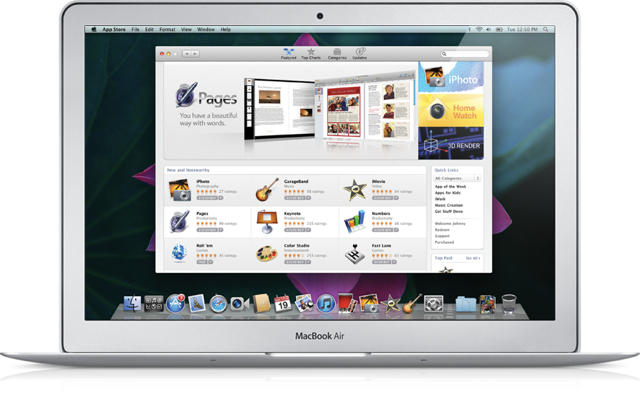
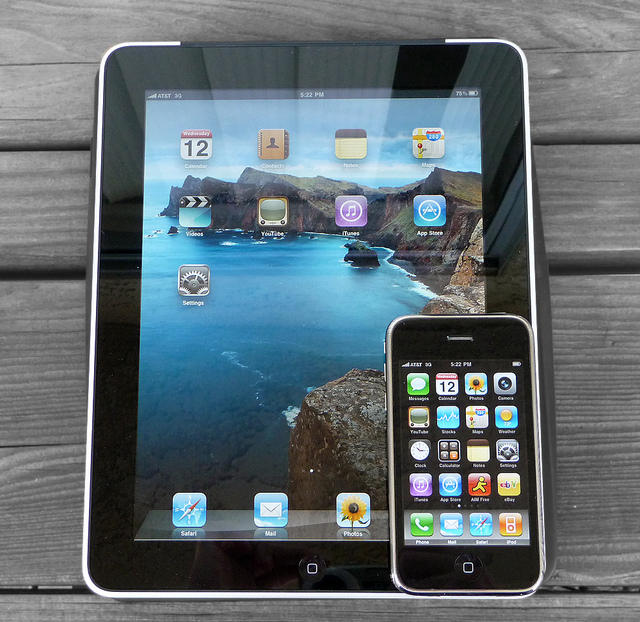
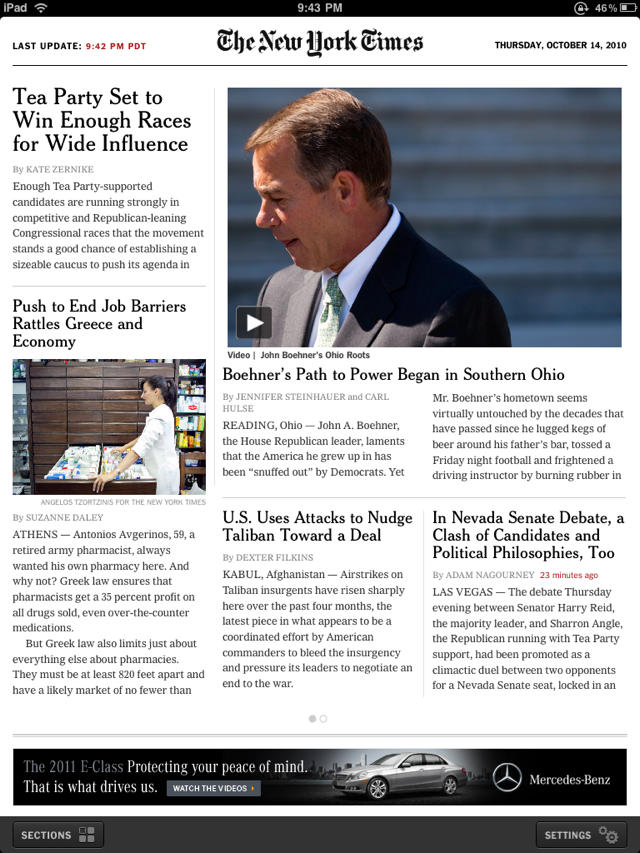

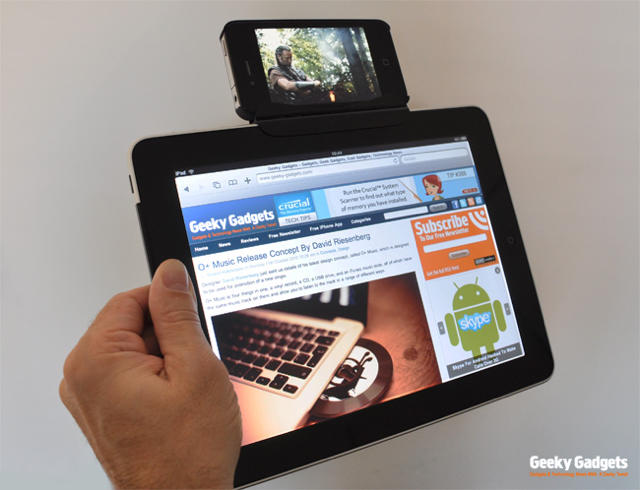


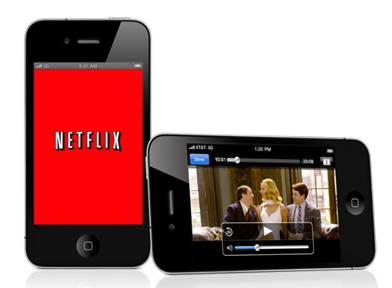


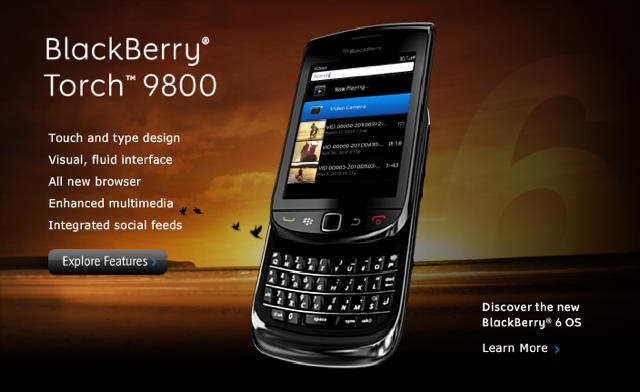
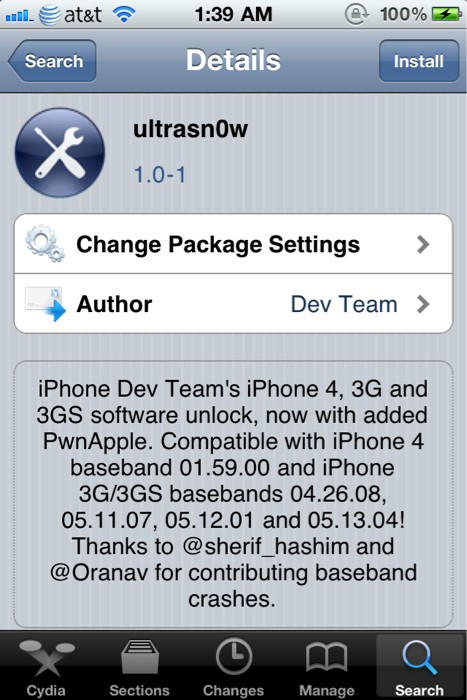

![HuluPlus Beta for iPhone Isn’t Worth the Money Yet [Review] post-53481-image-2fdaaa2b99a926a8dbc9424b5b8f064c-jpg](https://www.cultofmac.com/wp-content/uploads/2010/08/post-53481-image-2fdaaa2b99a926a8dbc9424b5b8f064c.jpg)




